- Home
- Destinations
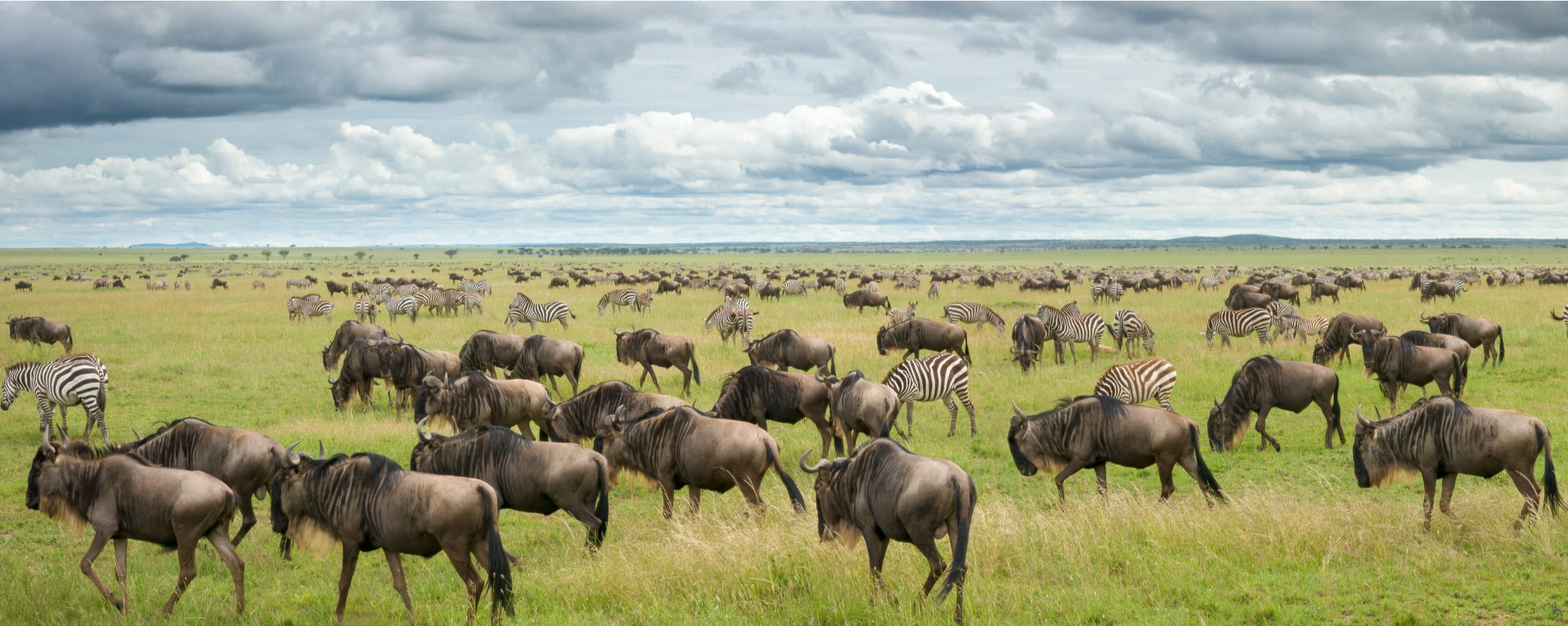
Serengeti National Park
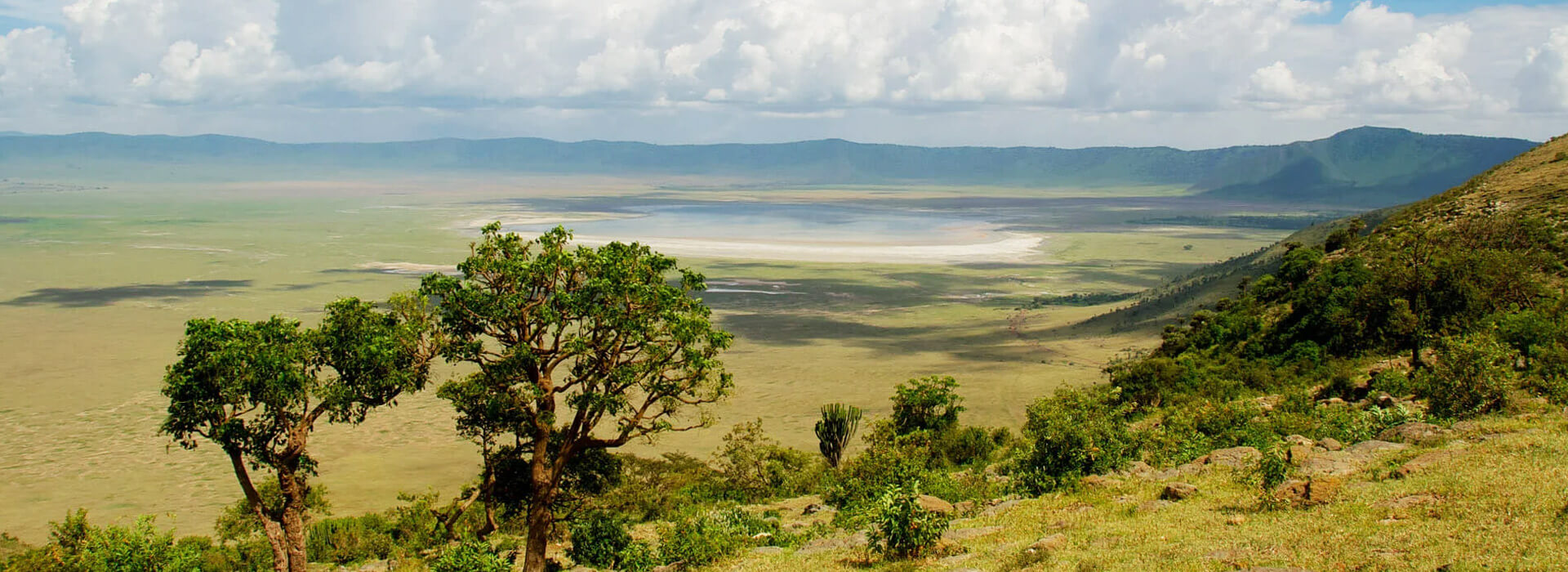
Ngorongoro Crater
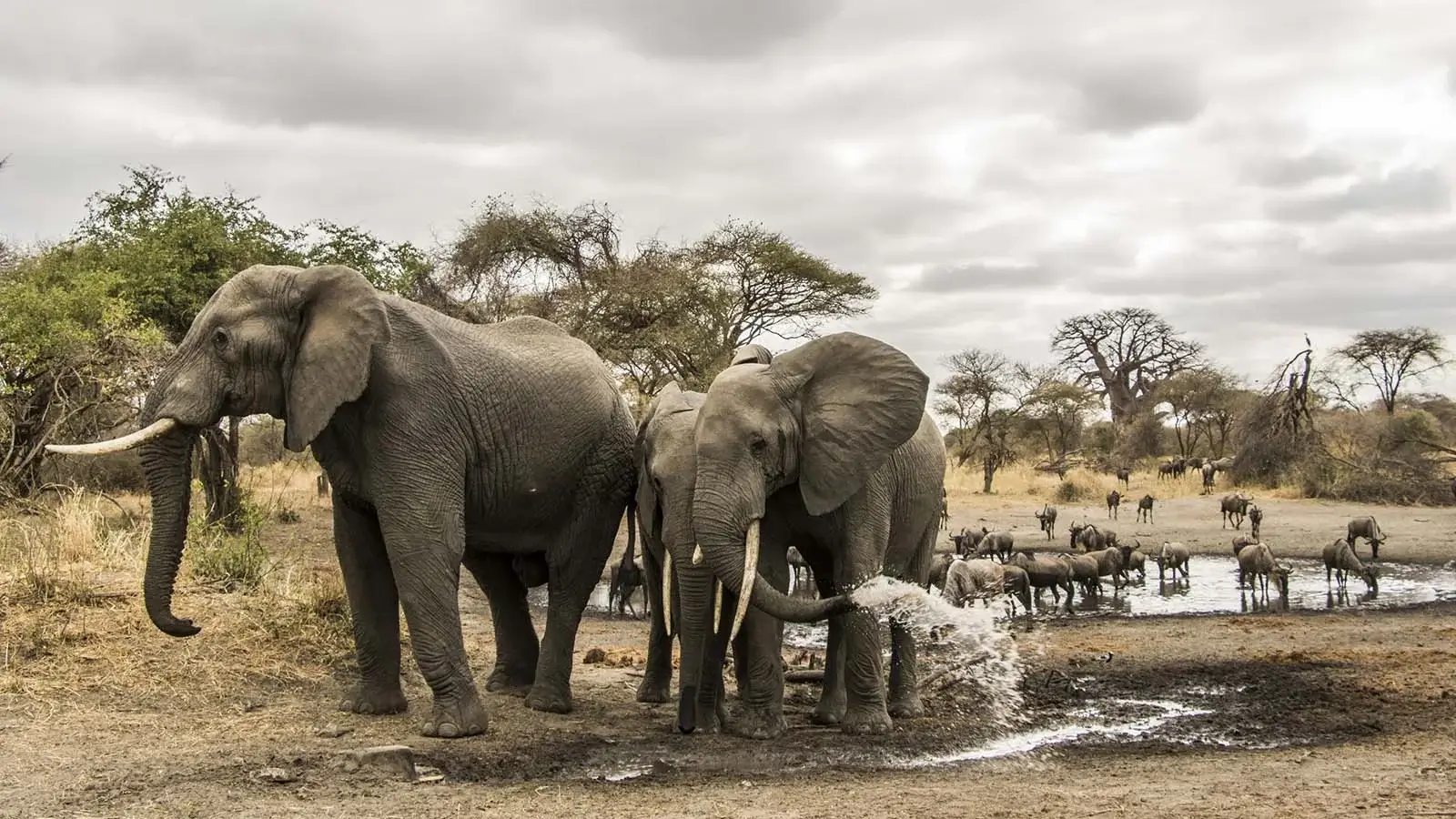
Tarangire National Park
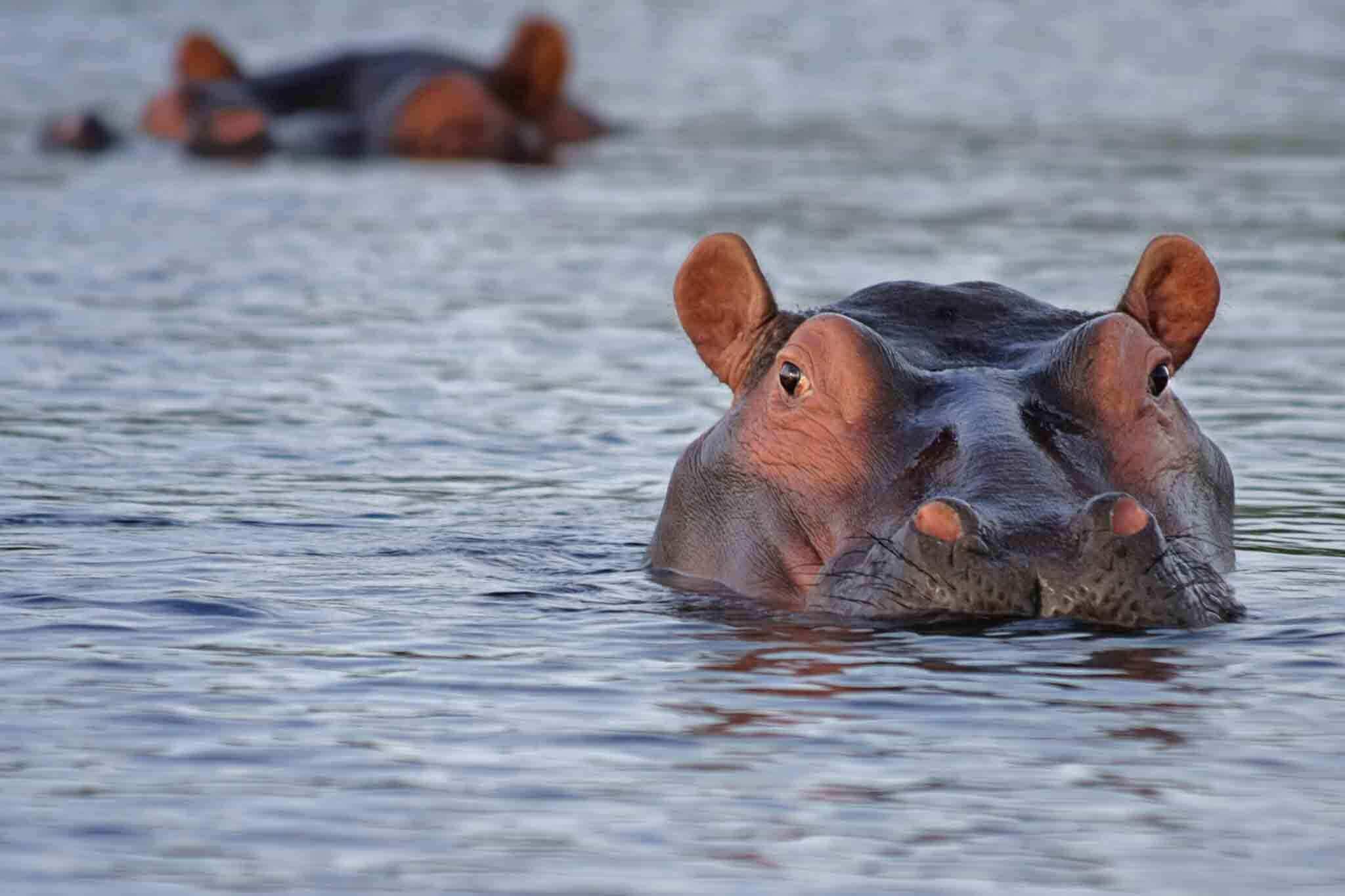
Lake Manyara National Park
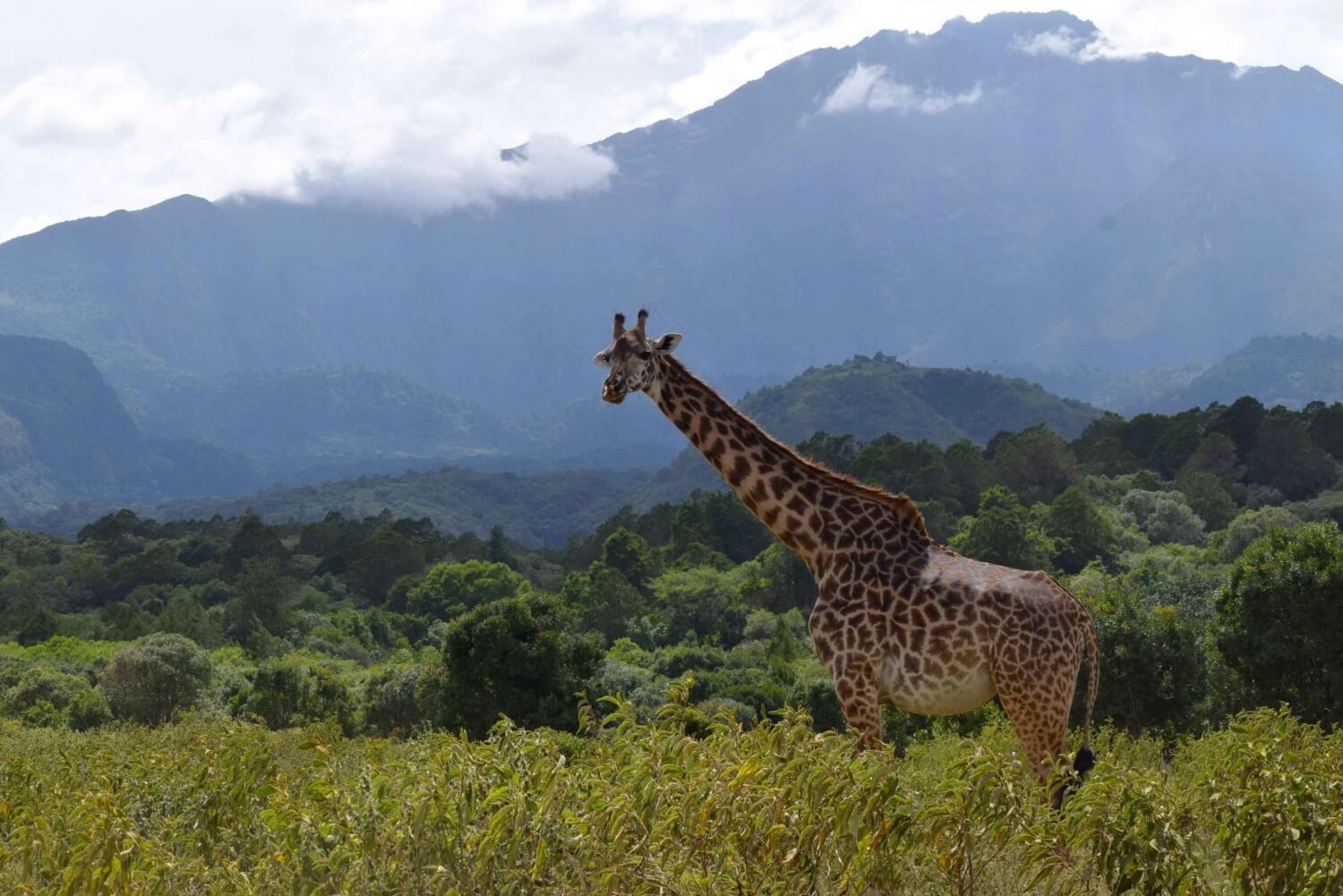
Arusha National Park

Zanzibar Island
- Safaris

3 Days Serengeti and Lake Manyara

5 Days Wildlife Tanzania Safari
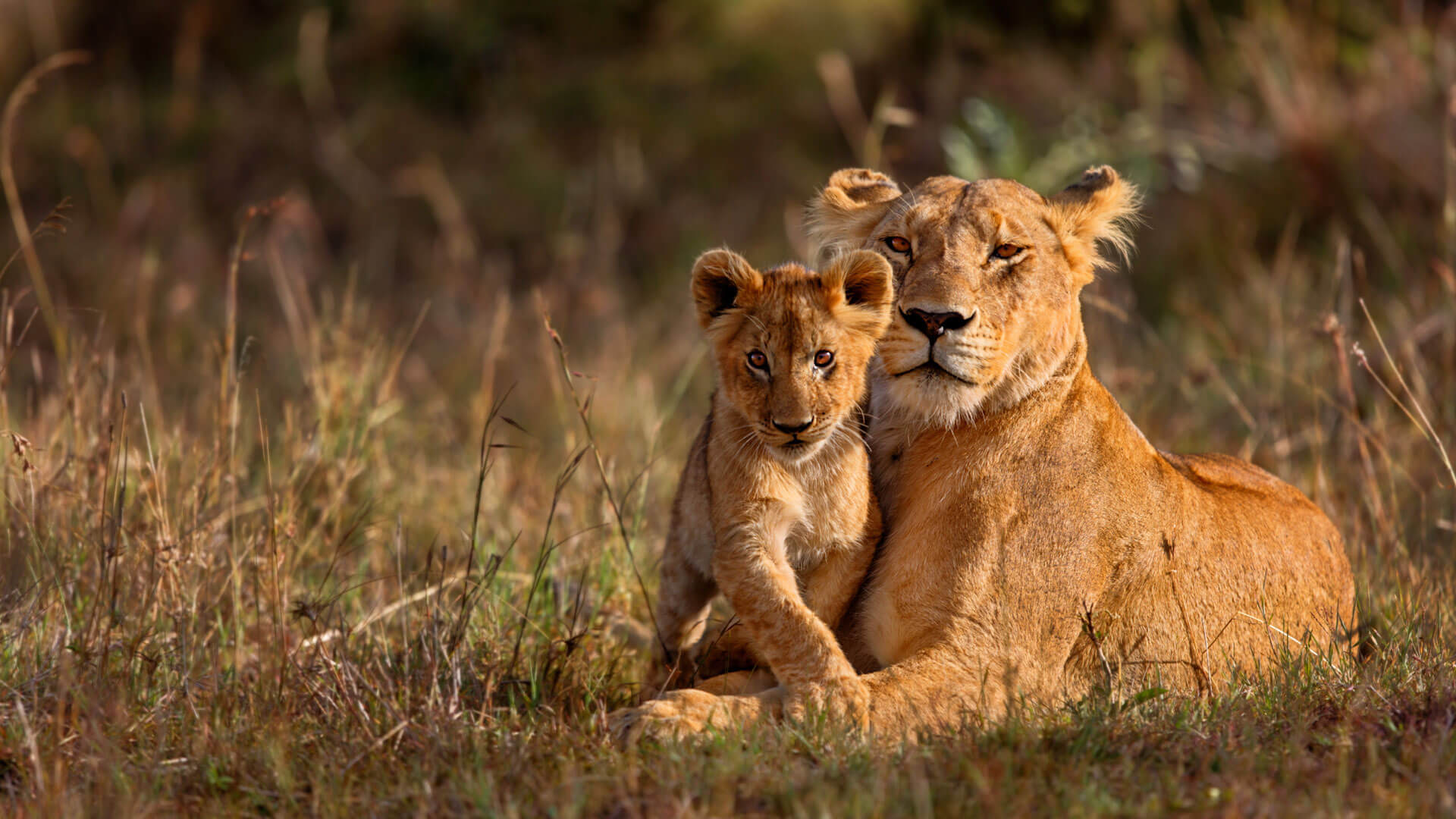
6 Days Tanzania
Safaris
12 Days Tanzania Safaris & Migration
- Trekking

Mountain Kilimanjaro
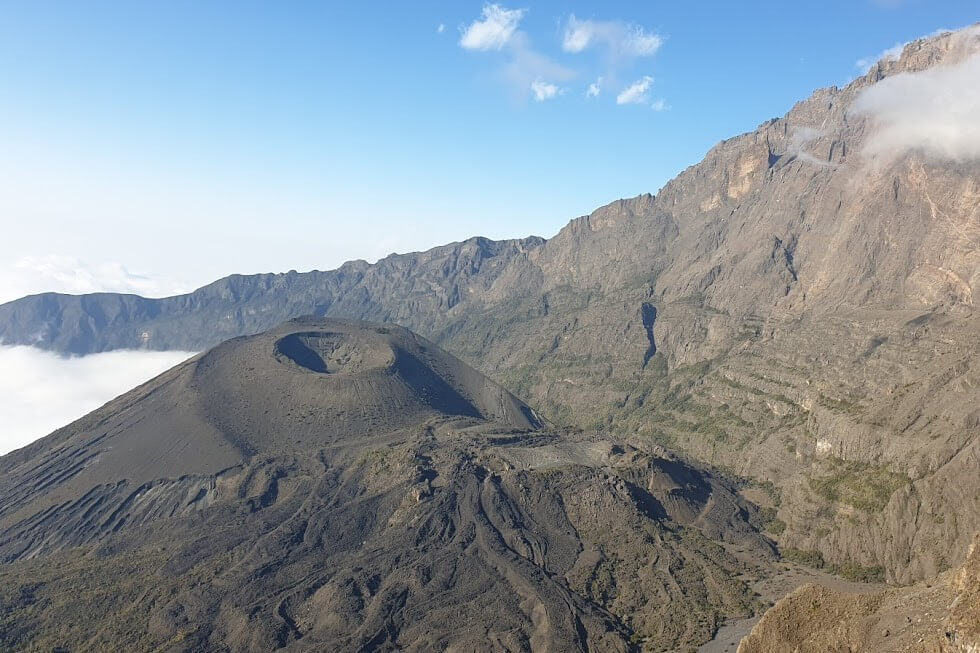
Mount Meru
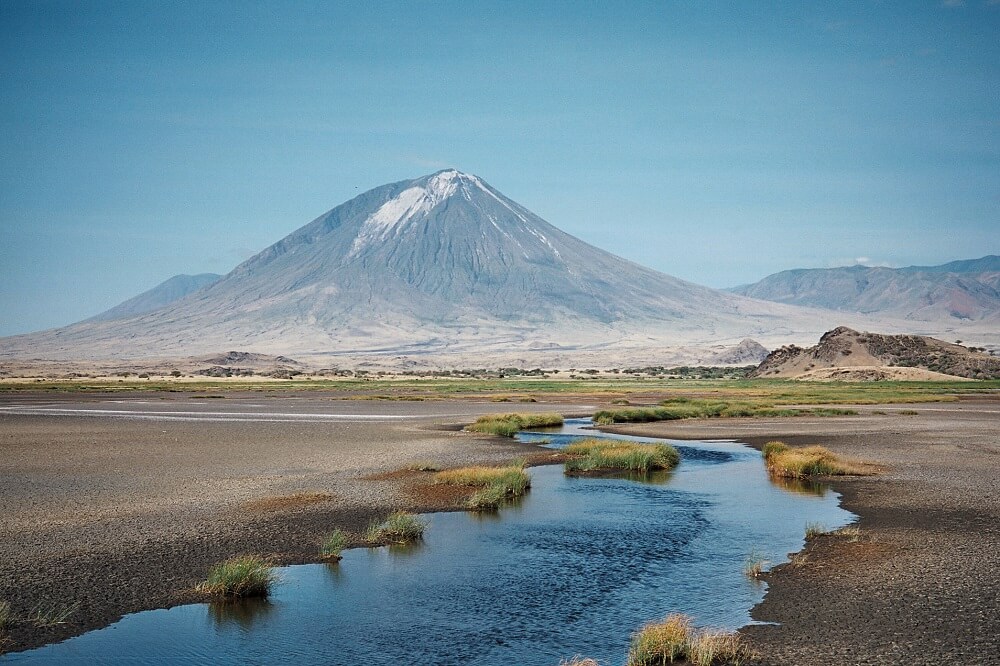
Oldonyo Lengai

Udzungwa Mountain
- Cultural Tours
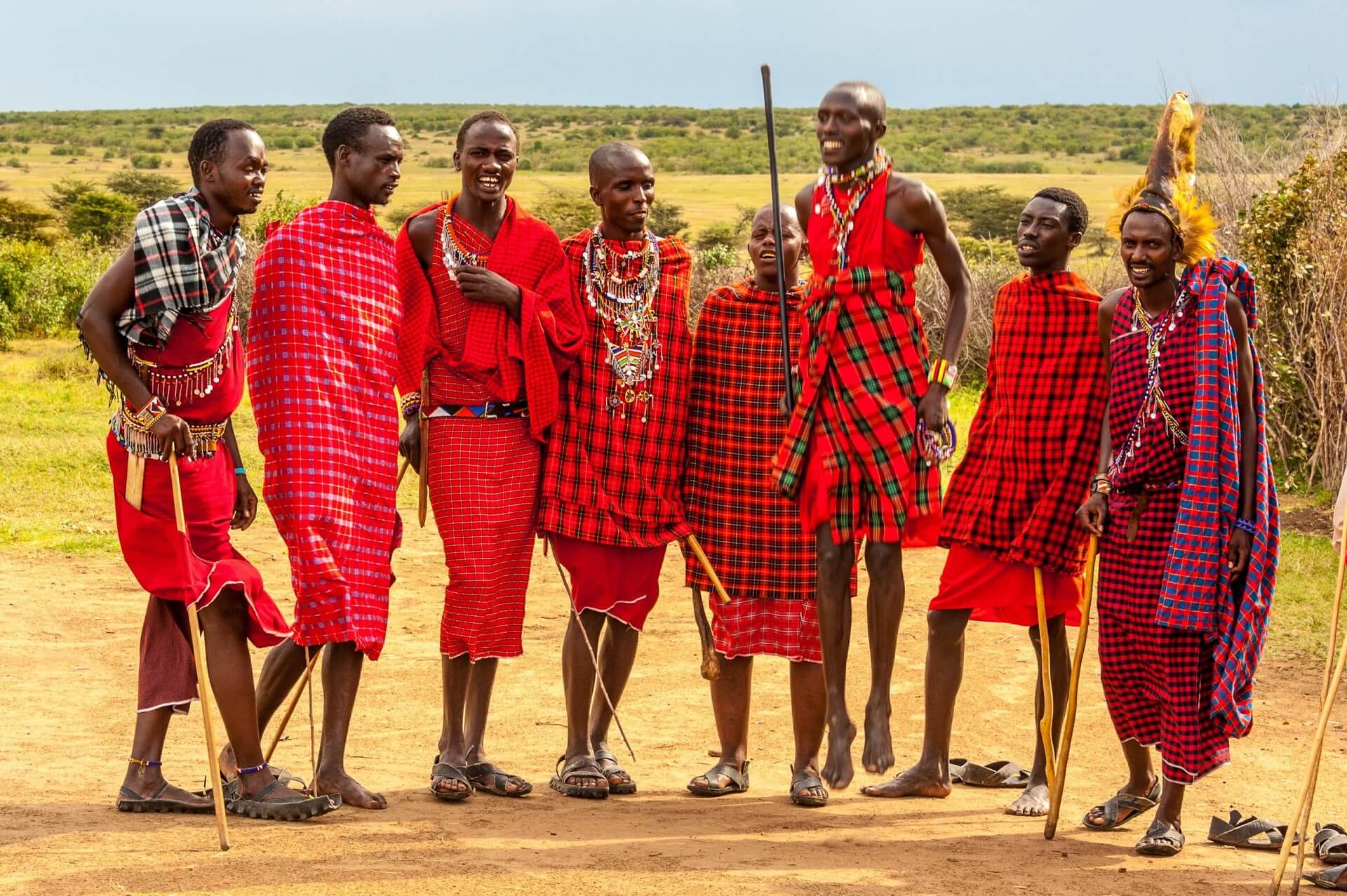
Maasai Tribe
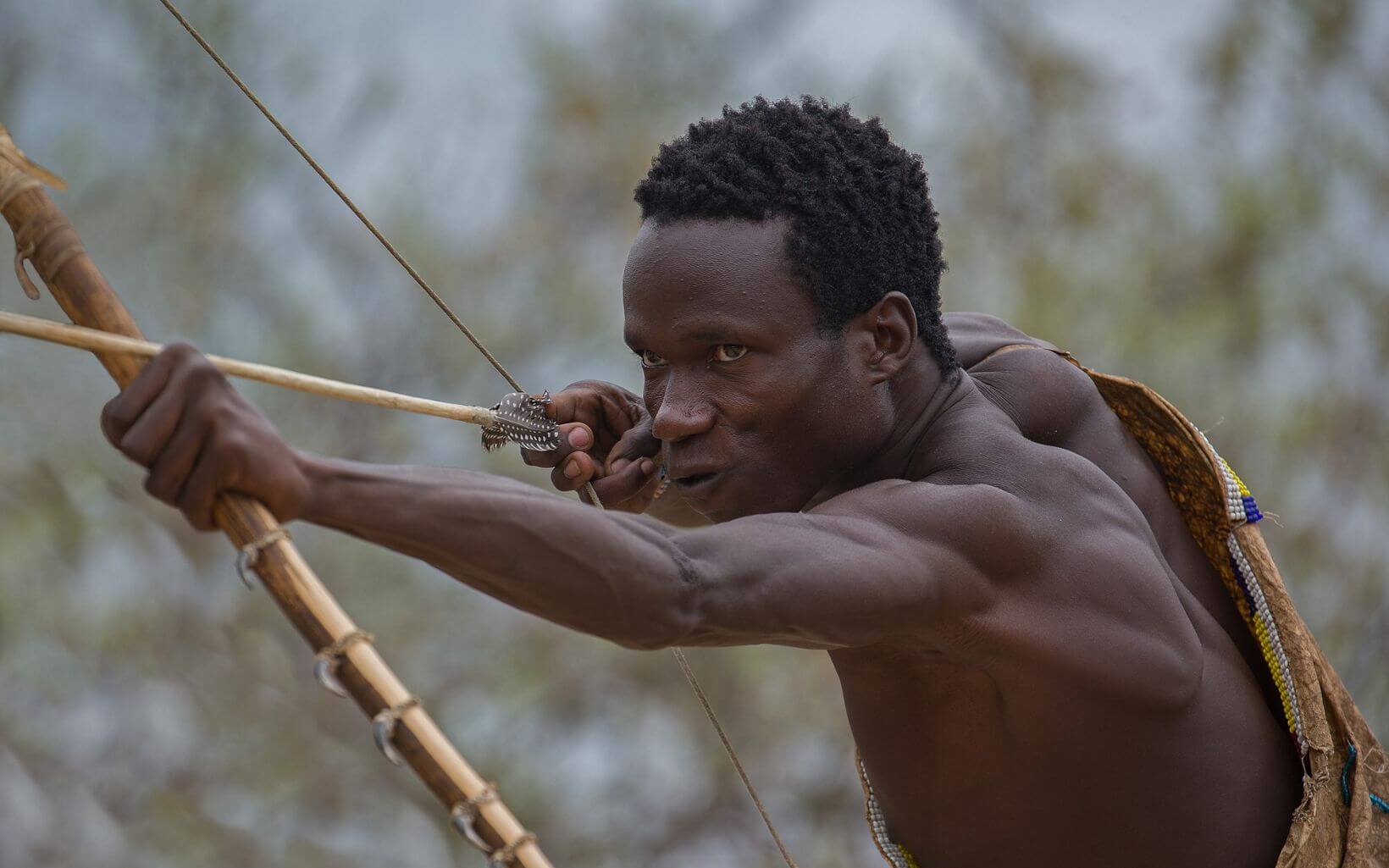
Hadzabe Tribe
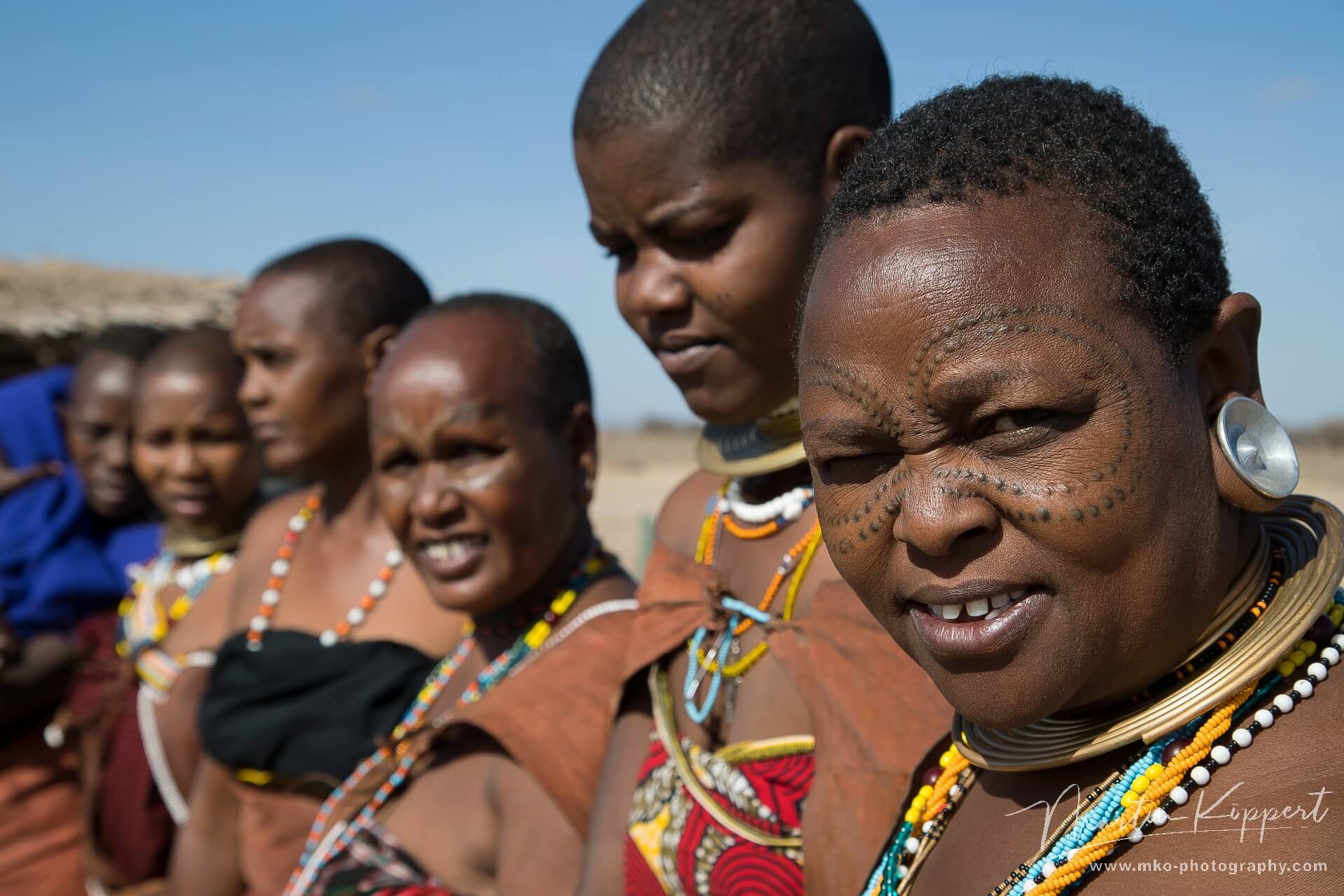
Datoga Tribe

Blacksmith
- Activities
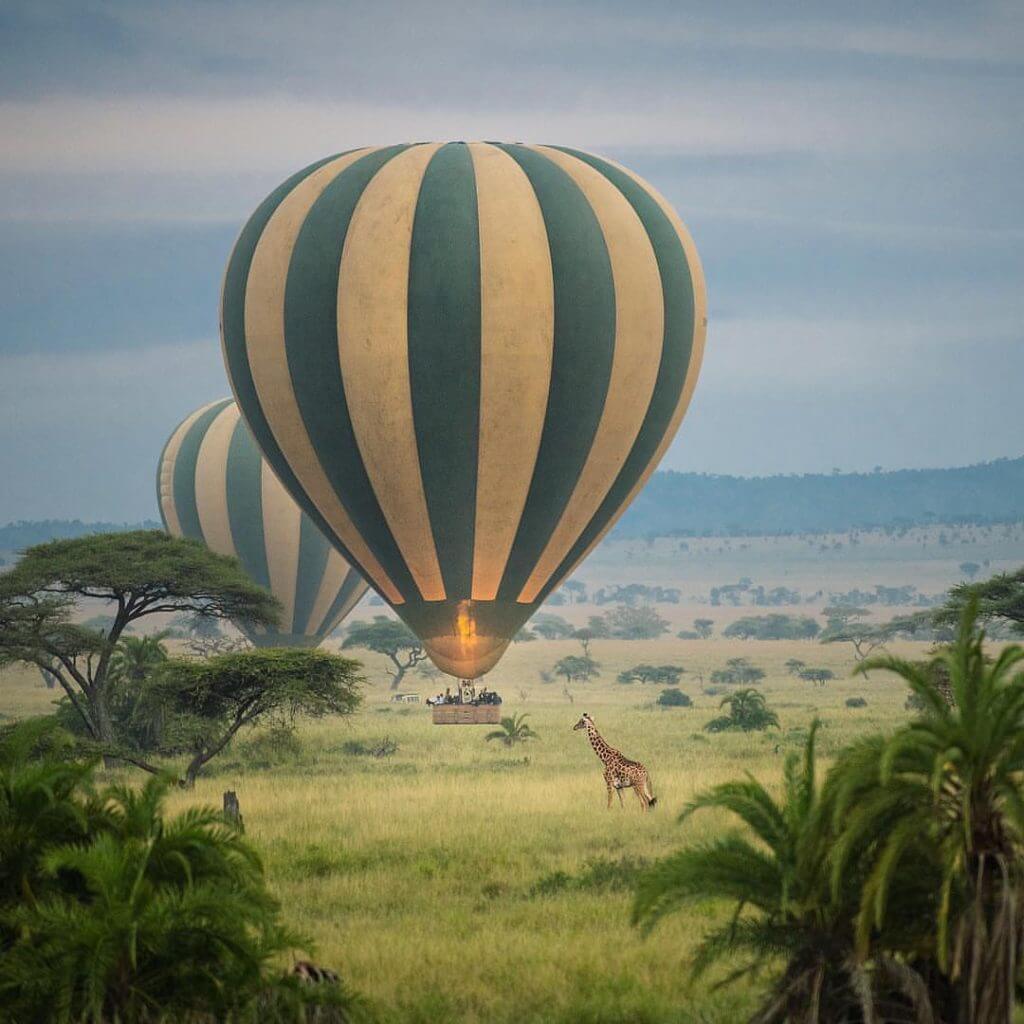
Balloon Safari

Walking Safari
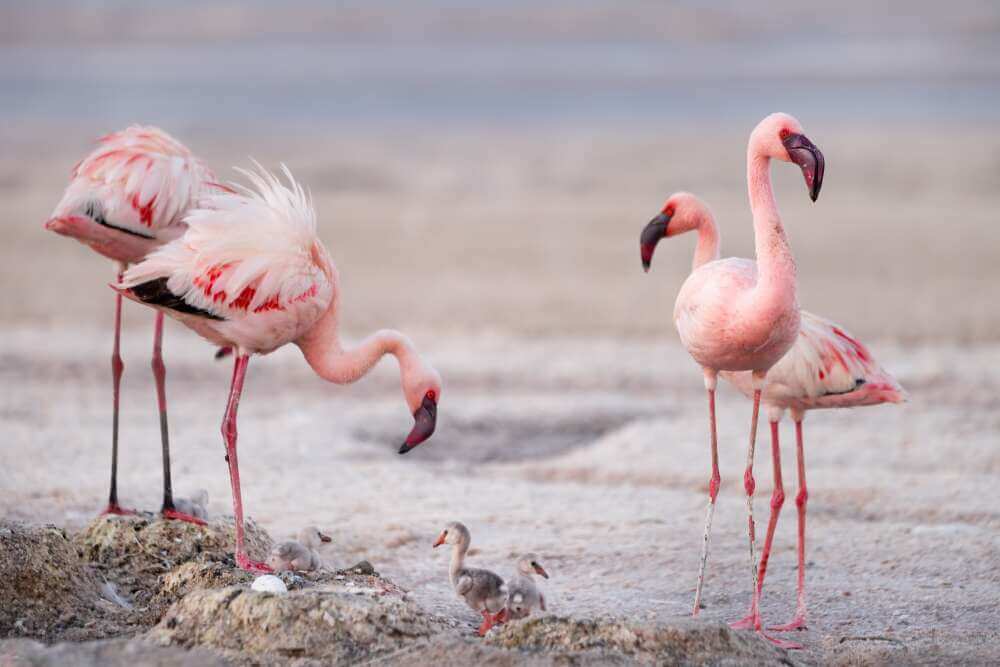
Bird Watching

Wildebeest Migration
- Filming
- Philanthropy
- Home
- Destinations

Serengeti National Park

Ngorongoro Crater

Tarangire National Park

Lake Manyara National Park

Arusha National Park

Zanzibar Island
- Safaris

3 Days Serengeti and Lake Manyara

5 Days Wildlife Tanzania Safari

6 Days Tanzania
Safaris
12 Days Tanzania Safaris & Migration
- Trekking

Mountain Kilimanjaro

Mount Meru

Oldonyo Lengai

Udzungwa Mountain
- Cultural Tours

Maasai Tribe

Hadzabe Tribe

Datoga Tribe

Blacksmith
- Activities

Balloon Safari

Walking Safari

Bird Watching

Wildebeest Migration
- Filming
- Philanthropy
Experiences
Walking Safari
A walking safari is a unique way to experience the African wilderness, designed to fit seamlessly into your safari schedule. These safaris can be scheduled early in the morning or late in the afternoon when the tropical temperatures are cooler. Historically, walking safaris were primarily available in the Selous Game Reserve and a few Wildlife Management Areas, as well as select National Parks like Gombe Stream, Mahale Mountains, Rubondo Island, Udzungwa Mountains, Kitulo, Mount Kilimanjaro, and Arusha (Mount Meru), where they often extended into trekking.
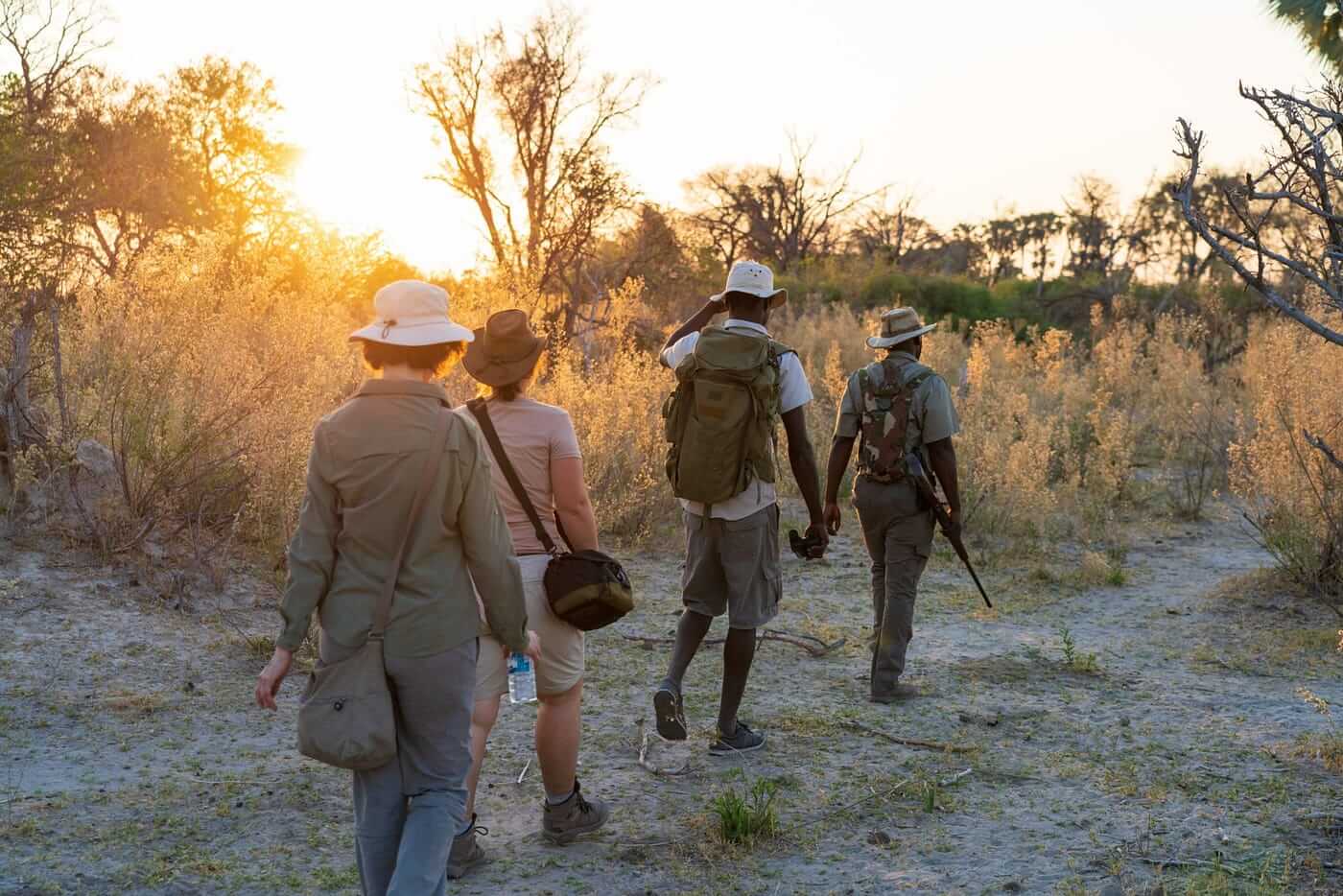
Current Opportunities
Today, walking safaris have become more accessible. Visitors can now enjoy walking safaris in Tarangire National Park, the Ngorongoro Conservation Area (including Ndutu), and within some designated areas of the Serengeti, which were previously restricted to game drives and balloon safaris.
Guided Walks
These safaris are typically guided and accompanied by an armed ranger, ensuring safety while allowing guests to explore on foot. Walking safaris offer an excellent break from traditional game drives, providing a chance to learn fascinating facts about nature, birds, reptiles, insects, and the medicinal uses of local plants—details often missed from the seat of a safari vehicle. The sensory experience of the African bush is intensified on foot, and the adventure is heightened, particularly in wildlife habitats where encounters with freely roaming animals are common, such as in Selous, Ngorongoro, Ndutu, and Tarangire.

Balloon Safari
A balloon safari is a popular addition to your game drives and stay in Serengeti or Tarangire National Parks. This adventure offers a different perspective on the stunning landscapes and wildlife below.

The Experience
The excursion begins early, with a pick-up from your lodge and a drive to the launch site before dawn. On the way, you might catch glimpses of nocturnal animals. As the sun rises, your balloon ascends, providing a breathtaking aerial view. The flight typically lasts about an hour, with varying altitudes, sometimes reaching over 1,000 feet.
Celebration and Breakfast
After landing, enjoy a traditional champagne celebration and an “Out of Africa” breakfast prepared and served in the bush. Following this, you can continue with the day’s planned activities, enriched by the unique perspective gained from your balloon flight.
Bird Watching
Birdwatching, or birding, is the practice of observing birds for recreational or scientific purposes. This can be done using the naked eye, binoculars, telescopes, or by listening to bird sounds. Public webcams and smart bird feeder cameras also contribute to the enjoyment of this activity.

Birding vs Birdwatching
While many engage in birdwatching casually, ornithologists study birds using formal scientific methods. The terms “birding” and “birdwatching” are often used interchangeably, though some prefer “birding” for its broader inclusion of auditory bird enjoyment. In North America, “birder” typically describes those with a serious dedication to the hobby, including detailed knowledge of bird identification, migration, and habitat usage, while “birdwatcher” may refer to those with a more casual interest.
Twitching
In the UK, "twitching" refers to the pursuit of rare birds previously located, often termed "chasing" in North America. The term "twitcher" denotes those who travel significant distances to see rare birds, often to add them to their lists. Twitching is highly developed in the UK and other European countries, with dedicated enthusiasts developing their own vocabulary and competing to spot rare species.
Life Lists
Many birders maintain a "life list," recording all the bird species they have seen throughout their lives, often with details about each sighting. The American Birding Association has specific rules for documenting these lists, though personal recording criteria can vary widely.
Wildebeest Migration
The Great Wildebeest Migration is one of the most iconic wildlife events on Earth, with over 1.5 million wildebeests, along with zebras and gazelles, embarking on a circular journey across the Serengeti and into Kenya’s Maasai Mara. This migration is driven by the search for fresh grazing and water, creating a dynamic and ever-changing wildlife spectacle.
The Unique Natural Wonders
Migration Highlights
From January to March, the southern Serengeti hosts the calving season, where thousands of wildebeest calves are born. As the dry season approaches, the herds begin their perilous trek northward, crossing the crocodile-infested Mara River—one of the most dramatic and dangerous parts of their journey. Witnessing this natural phenomenon is a bucket-list experience for any wildlife enthusiast.
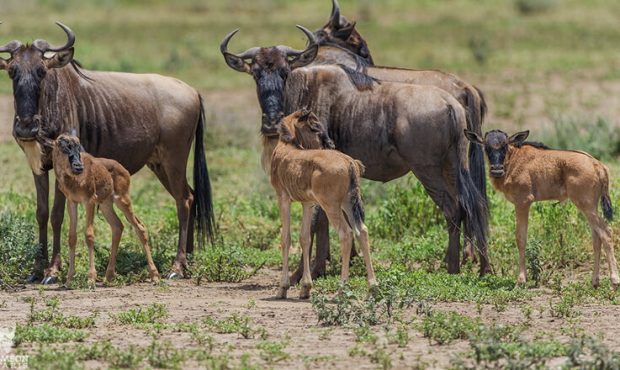

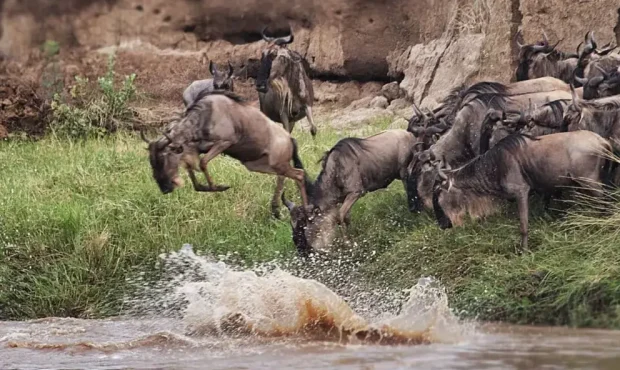
Get to know
African Remotes Explorer is a specialist tour operator based on Arusha – Tanzania in a rural remote area. company is entirely owned and operated by local indigenous Tanzanian.




